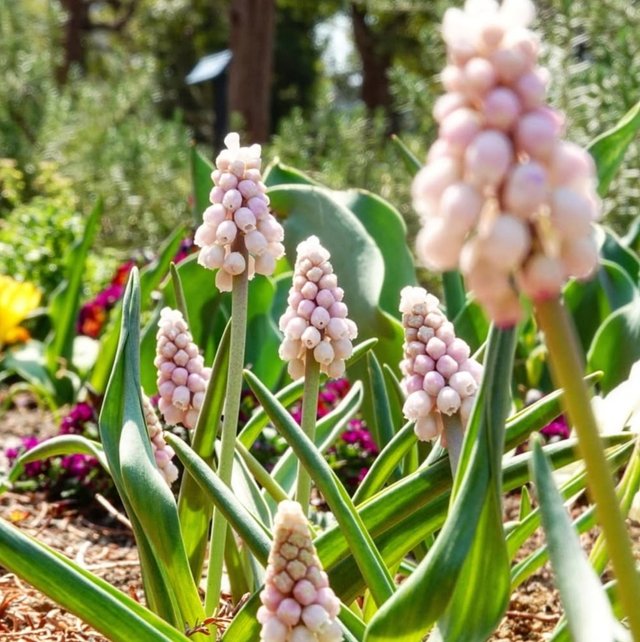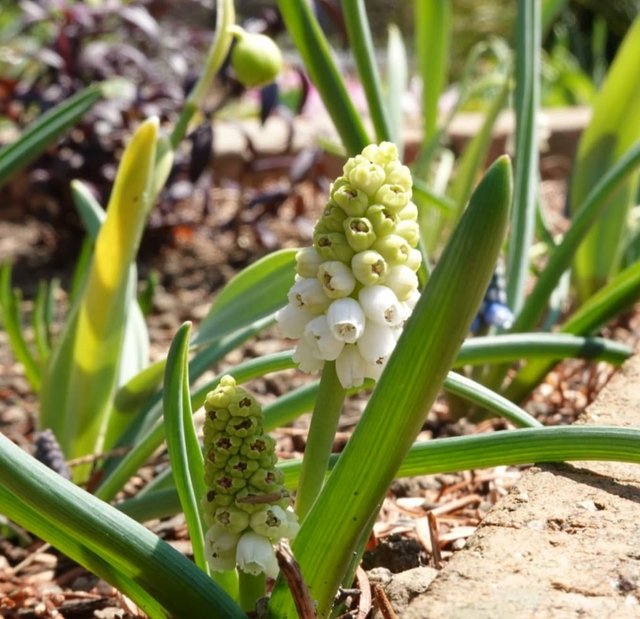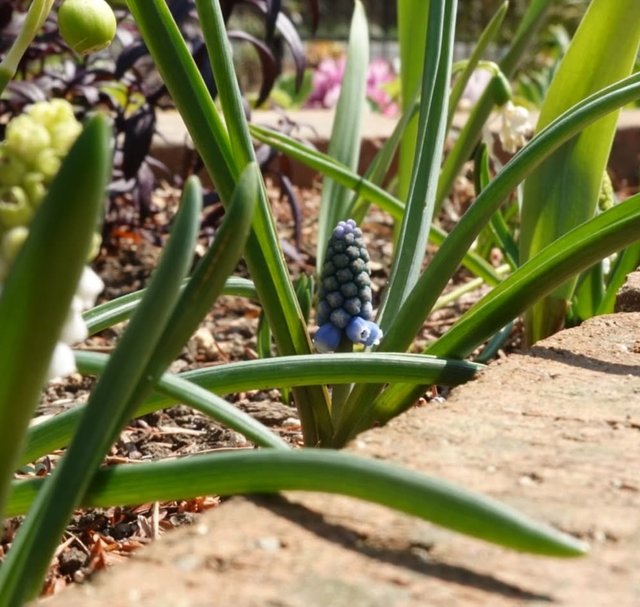So Beautiful Muscari Aucheri Flower
Muscari aucheri: The Underrated Jewel of the Spring Garden
When spring rolls around and gardens begin to stir from their winter slumber, one of the most charming—and often overlooked—heralds of the season is Muscari aucheri. Commonly referred to as Aucher’s grape hyacinth, this delicate yet resilient bulbous perennial adds an exquisite splash of blue to borders, rock gardens, and naturalized lawns. While its cousin Muscari armeniacum tends to steal the spotlight, M. aucheri offers unique qualities that make it a standout addition to any garden.
Origins and Botanical Background
Muscari aucheri is native to the mountainous regions of western Turkey, where it thrives in rocky soils and open slopes. It was first described in the 19th century and named after Pierre Martin Rémi Aucher-Éloy, a French pharmacist and botanist who traveled extensively in the Middle East collecting plant specimens. The genus Muscari, which translates to "musk" in Greek, refers to the faint fragrance of some species in this group.
This species is part of the Asparagaceae family and subfamily Scilloideae. Despite its common name, it is not a true hyacinth but is closely related and shares similar growth habits and flowering times.
Appearance and Characteristics
Muscari aucheri is a low-growing bulbous plant, typically reaching heights of 4 to 6 inches (10 to 15 cm). What sets it apart from other Muscari species is its compact form and refined flower spikes. Each flower is a small, urn-shaped, deep blue bell with a paler, almost white tip, giving the cluster a frosted appearance. Some varieties, such as Muscari aucheri 'Blue Magic', intensify the color contrast for added visual appeal.
The foliage emerges early in spring, often before the flowers. The leaves are bright green, narrow, and grass-like, creating a neat tuft that provides a lovely contrast to the dense flower spikes. One of the more charming features of M. aucheri is its subtle fragrance, a soft sweet scent that enhances its springtime charm.




Thanks For Reading
Device Information
| Device | cannon eos 700D |
|---|---|
| Lens | 55-250 zoom leans |
| Location | Bangladesh |
